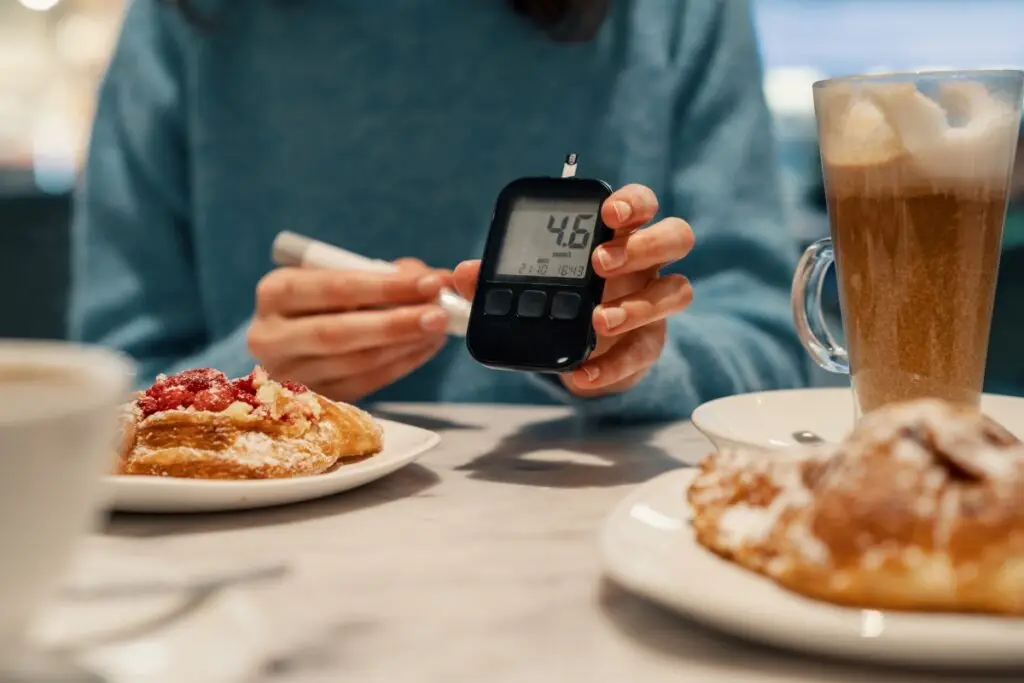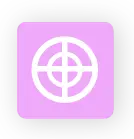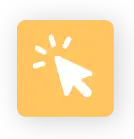Introduction to RPM and Patient Safety
Remote Patient Monitoring (RPM) represents a groundbreaking shift in how healthcare is delivered, leveraging advanced technologies to remotely track and monitor patients’ vital signs and health conditions.
This innovative approach allows healthcare providers to maintain continuous oversight of a patient’s health, particularly for those with chronic conditions, post-operative care, or other high-risk situations that require ongoing monitoring.
By capturing real-time data such as blood pressure, heart rate, glucose levels, and oxygen saturation, RPM enables early detection of abnormalities and allows for timely medical interventions without the need for frequent in-person visits.
The growing importance of RPM in modern healthcare systems is linked to its ability to significantly enhance patient safety. For example, RPM reduces the risk of hospital readmissions by enabling proactive management of patients at home, helping healthcare providers intervene before a patient’s condition worsens.
Furthermore, RPM can contribute to better healthcare outcomes, as patients receive continuous care tailored to their evolving needs, enhancing both the quality and efficiency of care provided.
Table of Contents

Central Focus on Patient Safety in RPM
While RPM offers immense benefits, patient safety remains a core consideration during its implementation. The adoption of RPM technologies must be aligned with robust safety protocols to ensure that patients are protected from risks such as data breaches, equipment malfunctions, or misinterpretation of health data.
With RPM, the continuous flow of sensitive patient information requires rigorous security measures to prevent data breaches, and the devices used must be reliable and accurate to avoid false readings that could impact clinical decisions.
Neolytix’s expertise in RPM goes beyond operational efficiency, focusing on implementing systems that prioritize patient safety. Through a combination of advanced technology, secure data transmission, and precise monitoring tools, Neolytix ensures that healthcare providers can leverage RPM with confidence.
Their comprehensive approach includes training providers, selecting the right devices, and creating clear protocols for integrating RPM data into clinical workflows, all while maintaining a strong focus on patient safety.
Technologies and Tools in RPM
RPM Technologies: The Backbone of Patient Safety
At the core of RPM are advanced technologies designed to track, monitor, and transmit patient health data securely. Wearable devices such as smartwatches, glucose monitors, and blood pressure cuffs are central to RPM, allowing patients to measure their vital signs from home.
These devices often connect to mobile health apps or cloud-based platforms, where patient data is stored and analyzed. Healthcare providers can access this data in real-time, enabling them to make informed decisions based on up-to-date information.
However, with this reliance on technology comes the need for strict data security protocols. Protecting patient information is critical, especially as RPM involves transmitting sensitive health data over the internet. Encryption technologies, secure cloud storage, and compliance with HIPAA regulations are essential for ensuring that patient data remains protected.
Inaccurate or insecure data transmission can lead to poor clinical outcomes, underscoring the need for comprehensive security measures in RPM implementation.
Mobile Devices and Wearables for Post-Surgical Monitoring
One of the most significant uses of RPM technologies is in post-surgical care. Mobile devices and wearables play a crucial role in tracking a patient’s recovery after surgery by continuously monitoring vital signs such as heart rate, blood pressure, and oxygen levels. This allows healthcare providers to detect early signs of post-surgical complications, such as infections or blood clots, before they become severe.
For instance, a patient recovering from heart surgery can use an RPM-enabled device to monitor their heart rate and alert their provider if any abnormalities arise. This proactive approach reduces the risk of post-surgical complications, prevents hospital readmissions, and ensures that patients recover safely from the comfort of their homes.
Neolytix supports healthcare providers by helping them select the most reliable devices that fit the specific needs of their patient population, ensuring that post-surgical risks are minimized and patient safety is maintained.

How RPM and Telehealth Work Together for Patient Safety
The integration of RPM with telehealth has revolutionized patient care by enabling continuous monitoring and real-time communication between patients and healthcare providers. Telehealth platforms complement RPM by providing a direct line of communication for patients to consult with their providers remotely. For example, if a patient’s RPM device records an abnormal heart rate, a telehealth consultation can be immediately arranged to assess the situation and adjust the treatment plan if necessary.
This seamless connection between RPM and telehealth enables faster interventions, improving patient safety by reducing delays in care. Patients can also access educational resources through telehealth platforms, allowing them to stay informed about their condition and take active steps to manage their health. The synergy between these two technologies enhances overall patient engagement and creates a safer, more responsive healthcare environment.

Impact of RPM on Patient Safety
By providing healthcare providers with continuous access to real-time health data, RPM enables early interventions, improves patient adherence, and supports better health outcomes. Below are the key ways RPM impacts patient safety and quality of care.
Positive Impacts of RPM on Patient Safety
RPM improves patient safety by providing real-time health data to healthcare providers, enabling early detection of potential issues such as rising blood pressure or abnormal glucose levels. With timely alerts, providers can intervene quickly, reducing the risk of hospitalizations or emergency visits. For example, patients with diabetes benefit from daily glucose monitoring through RPM, allowing providers to adjust treatment and prevent health crises.
Improving Patient Adherence for Safety
RPM helps improve patient adherence by keeping patients engaged through reminders for medication, exercise, or monitoring health metrics. Providers can track compliance in real time and intervene when needed, reducing the risks associated with non-adherence and improving overall patient safety.
Clinical Outcomes and Quality of Life
RPM enhances clinical outcomes by enabling personalized, continuous care. For chronic conditions, RPM reduces the need for in-person visits, improving convenience and reducing stress. By providing accurate, real-time data, RPM allows providers to adjust treatments more effectively, leading to better health outcomes and a higher quality of life.
Addressing Bias in RPM
Bias in RPM devices can arise from differences in demographics, affecting data accuracy. It’s crucial to ensure devices are tested across diverse populations, and providers must be trained to recognize and address these biases to ensure equitable care.
RPM not only strengthens patient safety through real-time monitoring and early intervention, but also helps healthcare providers personalize care for diverse populations. By understanding the impact of RPM on safety, providers can adopt best practices that further enhance patient care. In the next section, we’ll explore strategies to ensure seamless integration of RPM with telehealth systems, which plays a crucial role in maintaining patient safety.

Best Practices and Strategies for Enhancing Patient Safety
To enhance patient safety, RPM must be seamlessly integrated with telehealth systems. This includes setting up real-time data sharing, secure platforms, and alert systems for immediate response to health changes. Neolytix supports healthcare providers with expert guidance on building effective RPM-telehealth ecosystems that prioritize safety.
Measuring Patient Safety Improvements
Tracking patient safety is essential. Healthcare organizations can measure improvements using key metrics like device reliability, data accuracy, and patient compliance. Neolytix helps implement these performance indicators, allowing providers to monitor and enhance safety outcomes effectively.
Daily Huddles and Communication for Safety
Daily team huddles improve communication, ensuring that safety protocols are reviewed regularly. Cross-department meetings focused on RPM data and patient care help identify risks early and foster better coordination among healthcare staff, leading to improved safety measures.
Investigating Safety Events in RPM
When a patient safety issue arises, healthcare teams should follow clear investigation protocols. Root-cause analysis helps identify the source of the problem, and immediate corrective actions ensure such events are not repeated. This approach maintains safety and trust in RPM systems.
Key Safety Indicators in RPM
Providers should monitor specific indicators such as device uptime, data accuracy, and patient engagement to ensure RPM safety. These benchmarks help detect potential risks early and allow for swift action to maintain the safety of patients using RPM.
RPM in Long-Term Care
RPM is a valuable tool in long-term care, where consistent monitoring of patients with chronic conditions is crucial. Continuous data collection enables early intervention, reducing the risk of complications and ensuring a safer, more proactive care model.
Health Literacy and Patient Engagement
Effective use of Remote Patient Monitoring (RPM) requires both patients and healthcare providers to be fully informed about the technology. By improving health literacy and engagement, healthcare organizations can maximize the safety and effectiveness of RPM systems.
Importance of Health Literacy in RPM
Patients must understand how to use RPM devices safely. Healthcare organizations can enhance this understanding by offering clear guidance and support, ensuring patients know how to manage their health effectively with RPM.
Improving Organizational Health Literacy
Organizations can enhance health literacy by educating staff about the importance and functionality of RPM. Training healthcare teams on how RPM fits into patient care and safety protocols helps ensure that all staff members can guide patients effectively and address any concerns that arise. Neolytix can assist in implementing training programs to improve staff understanding and application of RPM technologies.
Helping Patients Safely Use At-Home Health Monitors
Healthcare providers should offer patients practical guidance on using RPM devices, such as how to properly position sensors or interpret readings. This advice should be accessible and tailored to the patient’s abilities to ensure correct use. Providers should also offer troubleshooting support, empowering patients to report any issues and maintain consistent use of their monitoring devices.
Special Considerations and Advanced Topics
As Remote Patient Monitoring (RPM) becomes more integrated into healthcare, certain special considerations and advanced topics must be addressed to maximize its effectiveness. These considerations include managing care transitions and addressing broader patient needs that go beyond medical monitoring.
RPM in Discharge Planning and Care Transitions
RPM can play a significant role in ensuring a smooth transition from hospital to home care. By monitoring patients’ health post-discharge, healthcare providers can catch potential complications early, reducing readmission rates. RPM is particularly effective in supporting patients during the critical period after a hospital stay, when close monitoring is essential for a successful recovery.
Supporting Patients’ Social Needs to Improve Outcomes
Beyond medical data, RPM can also support the social needs of patients. By maintaining regular contact and monitoring, providers can identify when patients may need additional support, whether it’s managing their medication, coordinating with family caregivers, or addressing other social factors that impact health. RPM helps ensure that healthcare providers can address both clinical and social determinants of health, improving outcomes for vulnerable populations.
By incorporating RPM into care transitions and considering the full spectrum of patient needs, healthcare providers can ensure more holistic, patient-centered care that leads to better outcomes and fewer hospital readmissions.
Enhance Your Practice with Neolytix’s Proven Expertise
With over 12 years of experience, Neolytix has consistently helped healthcare providers streamline operations and deliver enhanced patient care. Whether through advanced Remote Patient Monitoring (RPM) solutions, optimizing Revenue Cycle Management, or offering tailored Virtual Medical Assistance, our focus is on improving both patient outcomes and operational efficiency.
By integrating cutting-edge technology and expert services, Neolytix enables healthcare organizations to thrive in an increasingly complex environment, empowering you to focus on what matters most: delivering exceptional patient care.
Ready to elevate your healthcare practice and improve patient outcomes? Partner with Neolytix to obtain the full potential of RPM, virtual assistance, and optimized billing services.
Schedule a free, no-obligation consultation today and discover how we can transform your practice for the better. Let Neolytix help you drive efficiency, boost revenue, and deliver safer, smarter care.
Schedule a free consultation to learn more
Complete the form, and someone from our team will contact you!



